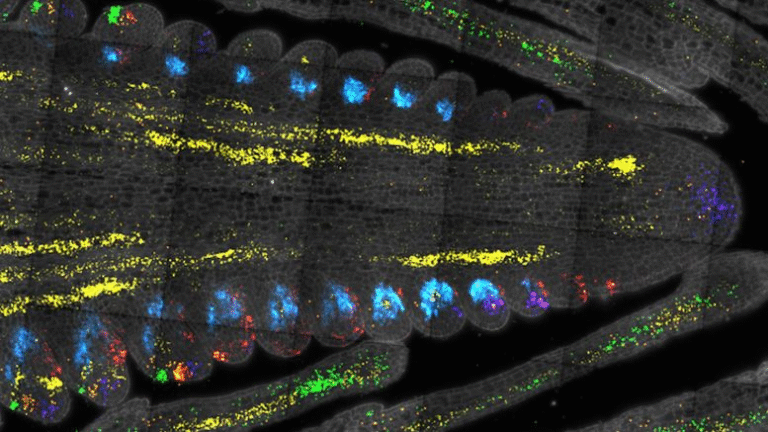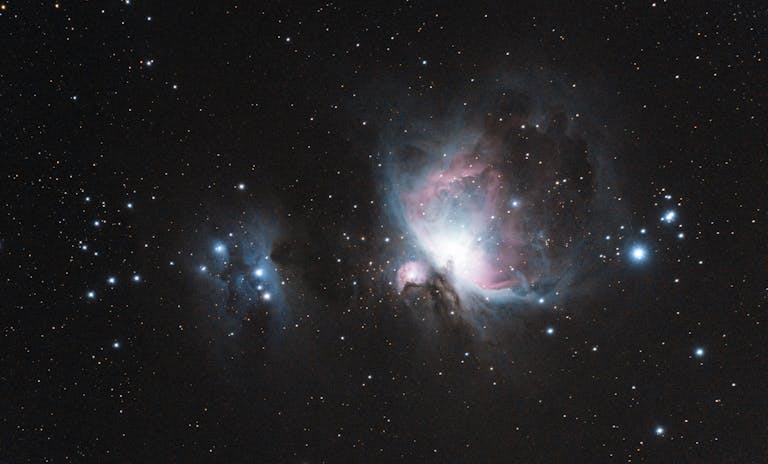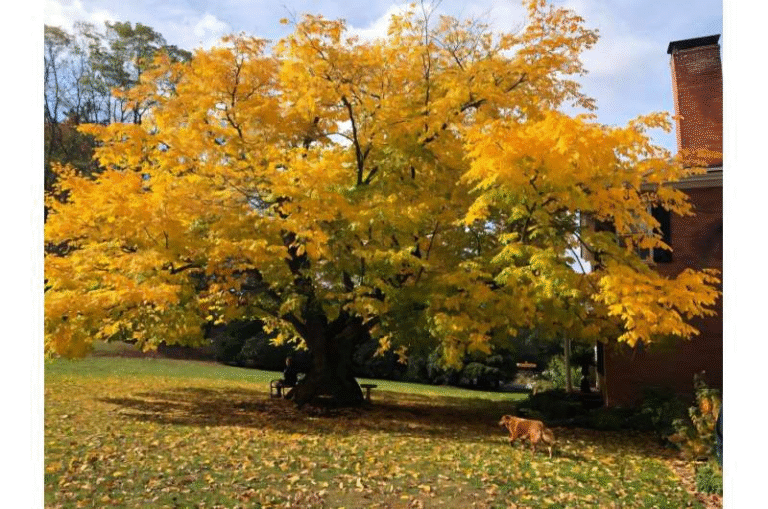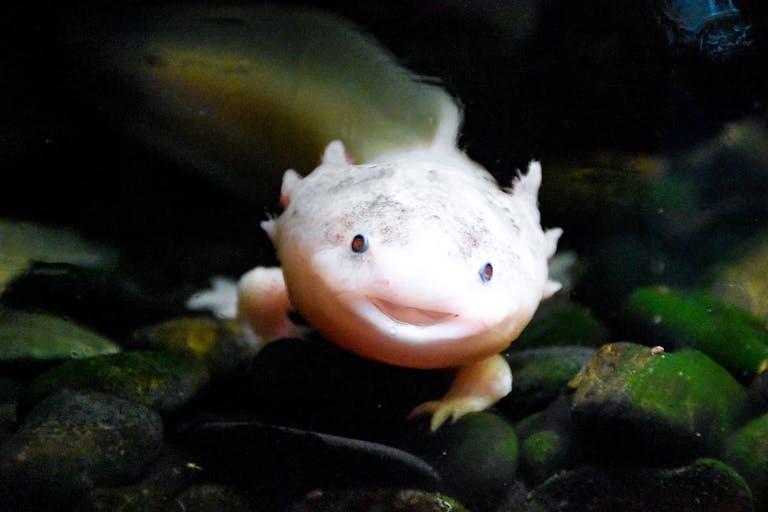Scientists Discover a New Extinct Marsupial Species Related to Kangaroos

A fascinating new discovery has just been announced by scientists studying Australia’s marsupial past. Researchers from Curtin University, the Western Australian Museum, and Murdoch University have identified a completely new marsupial species that once lived in the country’s bushland.
This animal, closely related to kangaroos, was uncovered not through sightings of living creatures but from fossil remains collected in caves across the Nullarbor Plain and southwestern Australia.
The newly described species, named Bettongia haoucharae, is part of the bettong group, often called brush-tailed bettongs or woylies. Sadly, evidence suggests that this particular marsupial had already vanished long before science even knew it existed. Alongside this discovery, the team also revealed two new subspecies of the woylie, reshaping what we know about the biodiversity of these small but ecologically important mammals.
The New Discovery in Detail
The study, published in Zootaxa on September 5, 2025, represents one of the most thorough examinations of bettong remains ever carried out. Researchers carefully studied bones and skulls from multiple museum collections, including the Western Australian Museum, South Australian Museum, Queensland Museum, Australian Museum, Museums Victoria, Flinders University, and even institutions in the United Kingdom such as the Natural History Museum in London and the Oxford University Museum of Natural History.
By measuring and comparing skull and body fossils, the team was able to confirm the existence of Bettongia haoucharae, a species unknown until now. The fossils revealed unique physical characteristics that set it apart from known bettong species. The analysis did not stop there. The researchers also re-examined the species complex surrounding Bettongia penicillata (the brush-tailed bettong) and discovered that what had previously been grouped together as one species actually represented multiple distinct forms.
Breaking Down the Findings
- New species: Bettongia haoucharae
This is the “ghost” marsupial identified from fossil remains in the Nullarbor and Great Victoria Desert regions. Sadly, it is thought to be extinct, meaning it likely disappeared before modern science could observe it alive. - Taxonomic revision
What was once called Bettongia penicillata ogilbyi has now been elevated to full species status as Bettongia ogilbyi. At the same time, the original nominate subspecies, Bettongia penicillata, which once lived in parts of New South Wales and South Australia, has now been officially recognized as extinct. - Two new subspecies of Bettongia ogilbyi
- Bettongia ogilbyi sylvatica, also called the forest woylie, which inhabits cooler, wetter forests in southwestern Australia.
- Bettongia ogilbyi ogilbyi, the scrub woylie, which prefers more open scrub habitats in the southwest, with some individuals ranging into drier areas such as near Shark Bay, though they were never true desert dwellers.
The study highlights that these subspecies are not just minor variations but reflect significant ecological and evolutionary differences. This split has major implications for conservation management.
Why This Matters for Conservation
The woylie has long been considered critically endangered, with populations shrinking drastically due to habitat loss, predators like foxes and cats, and other pressures. Conservation programs have spent decades relocating woylies between different areas of Western Australia to try to safeguard their survival.
Now, with the discovery that there are in fact two distinct living subspecies, conservationists must carefully consider how they manage breeding and relocation. Mixing the forest-adapted woylie with the scrub-adapted woylie without regard to their differences could unintentionally weaken their ability to thrive in their native habitats. Recognizing these divisions ensures that genetic integrity and natural adaptations are preserved.
The Ecological Role of Woylies
Beyond their conservation status, woylies are fascinating because of their ecological role. Often called “ecosystem engineers”, these small marsupials move several tons of soil each year while digging for underground fungi, their preferred food. By doing so, they help aerate soil, disperse fungal spores, and recycle nutrients, making them a keystone species in their environments.
The loss of woylies or bettongs from parts of Australia is more than just the disappearance of a cute mammal—it is also the loss of crucial ecological functions. Their absence may reduce soil health, change vegetation patterns, and even affect the survival of the fungi they once spread.
The Importance of Fossil Analysis
A key aspect of this study was the use of subfossil remains. These are relatively recent fossils, sometimes only thousands of years old, preserved in caves and other sheltered environments. The team measured bones and compared them with modern specimens. This approach allowed them to recognize distinctions that genetic studies alone had not revealed.
The findings suggest that combining fossil evidence with genetic tools could be the way forward in understanding not just woylies, but many other endangered species. Fossils provide a longer timeline of species diversity, showing us what has already been lost and what traits might have helped animals survive in different environments.
Naming the New Species
The new species has been given the scientific name Bettongia haoucharae. However, researchers emphasized that they want to work closely with Indigenous communities to ensure that culturally respectful names are used. Since “woylie” itself comes from the Noongar language, collaboration with Indigenous people is an important step in acknowledging traditional knowledge and cultural connections to these animals.
A Reminder of What’s Already Gone
The declaration that the southeastern subspecies of brush-tailed bettong, Bettongia penicillata, is extinct is sobering. This animal once lived in regions of New South Wales and South Australia, but is no longer present. The same is likely true for Bettongia haoucharae, the newly described “ghost” species from the Nullarbor.
These losses highlight the rapid decline of Australia’s small marsupials, many of which disappeared before we even had the chance to fully study them. It underscores the importance of protecting those that remain, as well as the habitats they rely on.
Additional Background: What Are Bettongs?
To give readers a clearer picture, bettongs (including woylies) belong to the family Potoroidae, which also includes potoroos and rat-kangaroos. They are small, nocturnal marsupials, usually weighing between 1–2 kilograms. Despite their size, they are related to the larger kangaroos and wallabies.
Bettongs are generally shy, burrow-dwelling creatures that spend their nights foraging. Their diet is heavily based on fungi, but they also eat tubers, seeds, and insects. Historically, bettongs were found across much of Australia, but today their range has shrunk dramatically due to habitat destruction, introduced predators, and disease.
The Broader Problem of Marsupial Decline
Australia has one of the highest extinction rates of mammals in the world. Since European colonization, over 30 mammal species have been driven to extinction, many of them small marsupials like bettongs, bandicoots, and possums.
Predation by cats and foxes has been a major driver of this loss. These introduced predators are particularly devastating for small marsupials that evolved without such threats. Habitat fragmentation and altered fire regimes have made the situation worse.
The discovery of Bettongia haoucharae adds another name to the list of species that have been lost, even if we only just learned of its existence. It also serves as a reminder that there may be other “ghost species” hidden in fossil records, waiting to be discovered.
Looking Ahead
This research changes how we view woylies and their relatives. Instead of being a single endangered species, they are now recognized as a complex of multiple species and subspecies, some of which are already extinct. For conservationists, this means updated strategies that respect the diversity within the group.
For the public, it highlights just how fragile Australia’s biodiversity is and how quickly unique animals can vanish. It also demonstrates the importance of museums and fossil records in revealing the richness of life that once existed. Without these collections, Bettongia haoucharae would have remained unknown forever.





